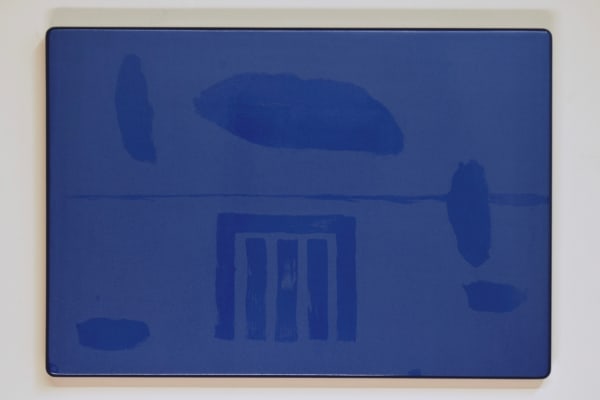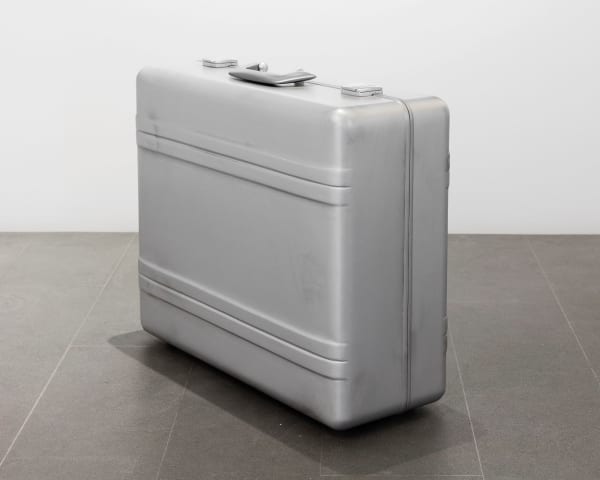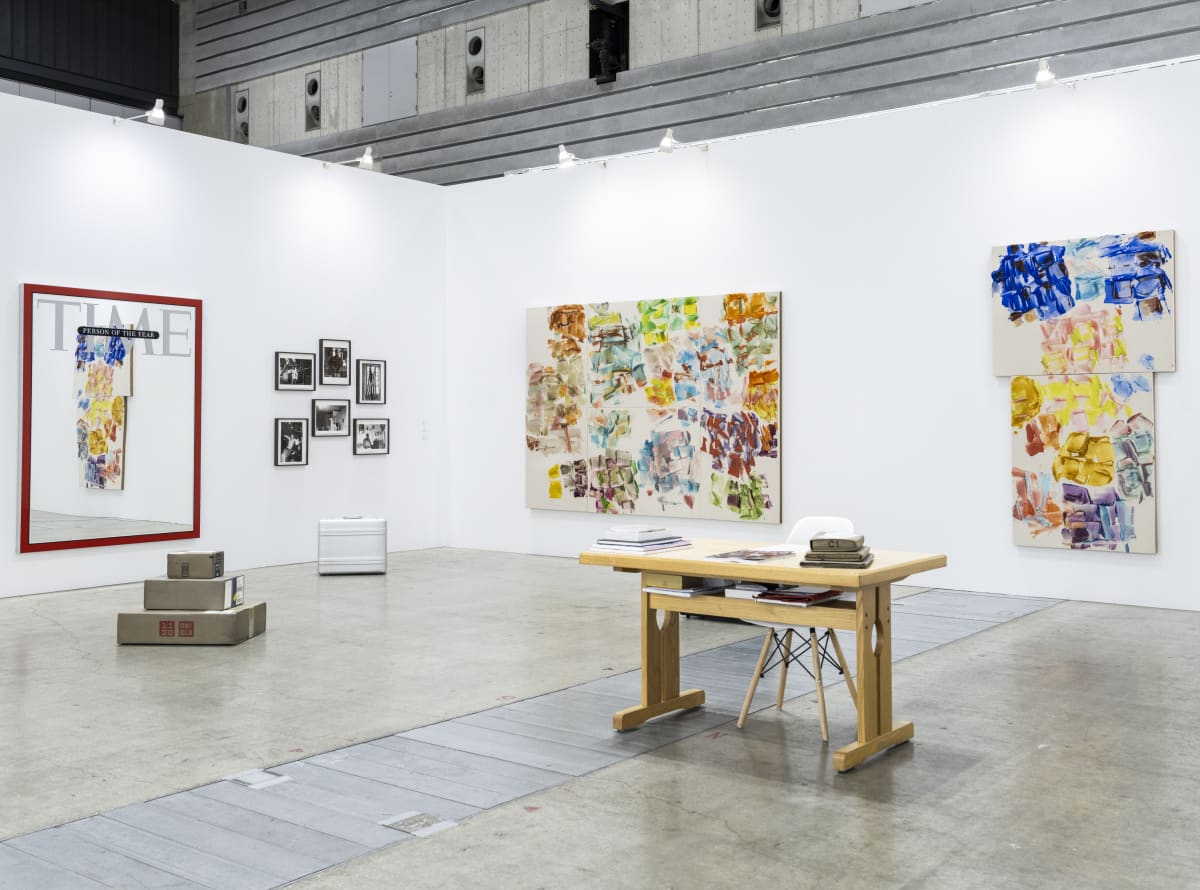Kaz Oshiro
Biography
Kaz Oshiro (born in 1967, Okinawa, Japan ; lives and works in Los Angeles)
Creating sculptures from paintings, Kaz Oshiro pushes the limits of both mediums, merging abstraction, conceptualism, and representation. He paints with acrylic and Bondo (an auto body repair filler) on canvas, and then recreates everyday objects by piecing these canvases together to make three-dimensional forms. The resulting artwork looks like a readymade object or sculpture from the front, but the backside - which Oshiro intentionally makes visible - reveals itself as an assemblage of canvases. « Is see myself as a still-life painter trying to become an abstract painter », he has said. Oshiro described his most recent works, a series of bent canvases that extend into three-dimensional space, as a « still life of broken painting ». The conceptual and spatially drive nature of his art suggests a synthesis of work by Andy Warhol, Donald Judd, and John McCracken.
Kaz Oshiro (né en 1967 à Okinawa, Japon ; vit et travaille à Los Angeles).
L'illusion et le trompe-l'oeil sont au coeur du travail de Kaz Oshiro : il s'attache à représenter des poubelles, des lave-linges et autres objets du quotidien hyperréalistes et grandeur nature. Composées de toiles tendues sur des châssis, ces œuvres en trois dimensions se placent à la frontière entre peinture et sculpture. L'arrière des œuvres est volontairement laissé visible par l'artiste, révélant la structure complexe des châssis et brisant ainsi l'illusion créée par la peinture en révélant les secrets de sa fabrication. Héritier à la fois des artistes Pop et minimalistes américains et des readymades de Duchamp, Oshiro se sert de ces références pour réinventer la nature morte : pour décrire ses œuvres, il parle de natures mortes qui auraient été abandonnées sur le sol de la galerie. Son travail redonne vie et intérêt à des objets usés, banals et utilitaires.
Works
Exhibitions
-

La Promesse d'Avril
3 - 27 Apr 2024Sheila Hicks, Yasuko Hirano, Yasuhisa Kohyama, Kenjiro Okazaki, Kaz Oshiro, Tobias Pils and Mungo Thomson at Mtk Contemporary Art, Kyoto, Japan 20-1 Okazaki Minamigoshocho, Sakyo Ward, Kyoto, 606-8334, Japan galerie...Read more -

Kaz Oshiro
Steel Unforged 19 Oct 2017 - 13 Jan 2018galerie frank elbaz Paris is proud to annouce the fourth exhibition by Los Angeles based artist Kaz Oshiro. Finding the Future in a Fragment of the Past “It is not...Read more -

Accrochage
Davide Balula, Sheila Hicks, Rainier Lericolais, Kaz Oshiro, Bernard Piffaretti, Mungo Thomson, Blair Thurman 15 Sep - 3 Oct 2015Pour son programme de rentrée, la galerie frank elbaz a proposé à sept de ses artistes de composer un accrochage. Chaque artiste proposant une nouvelle pièce parmi lesquelles certaines ont...Read more -

Kaz Oshiro
Diffuse Reflection 4 Apr - 16 May 2015galerie frank elbaz is pleased to present the third solo exhibition of the artist Kaz Oshiro, 'Diffuse Reflection'. The exhibition brings together a new body of work which, according to...Read more
Events










